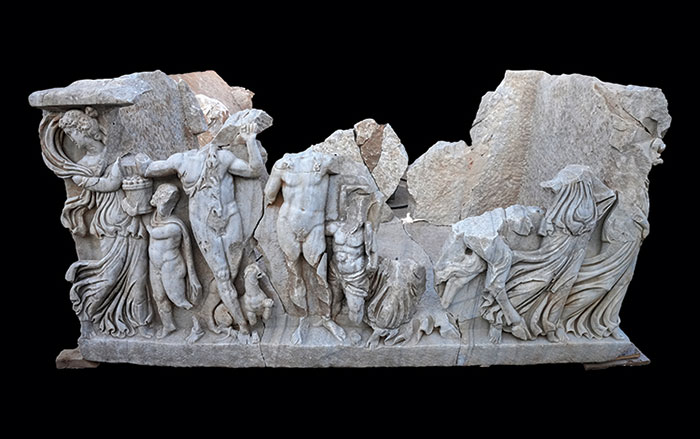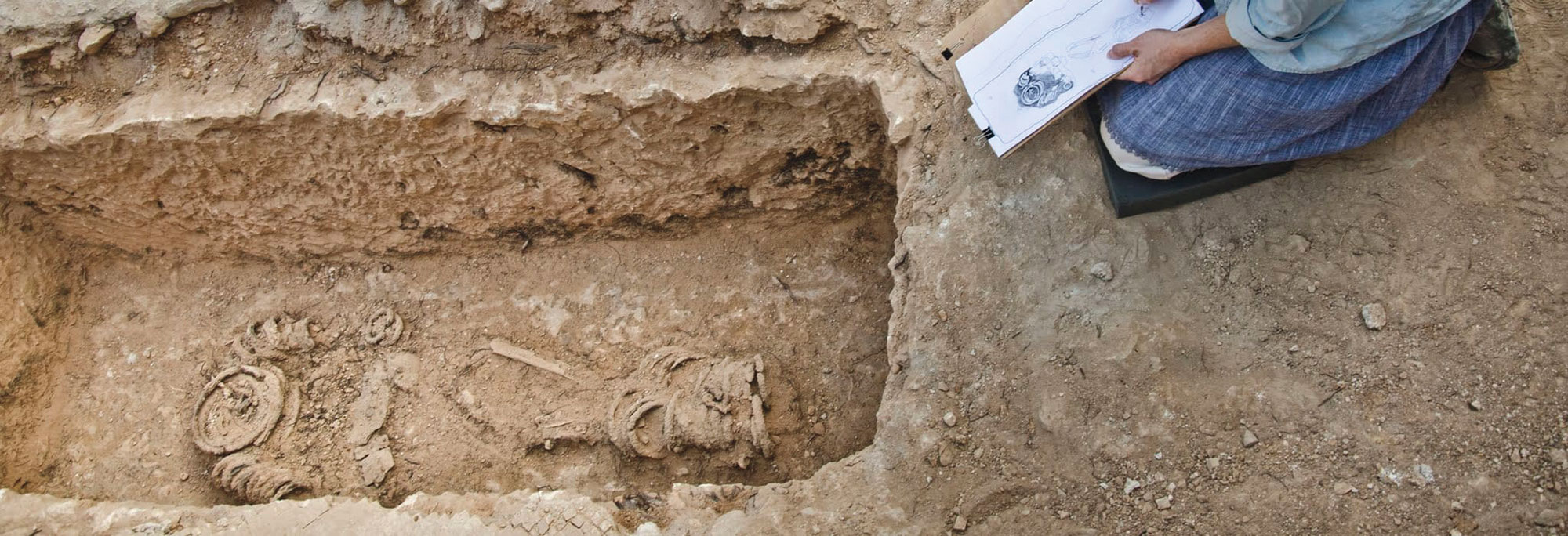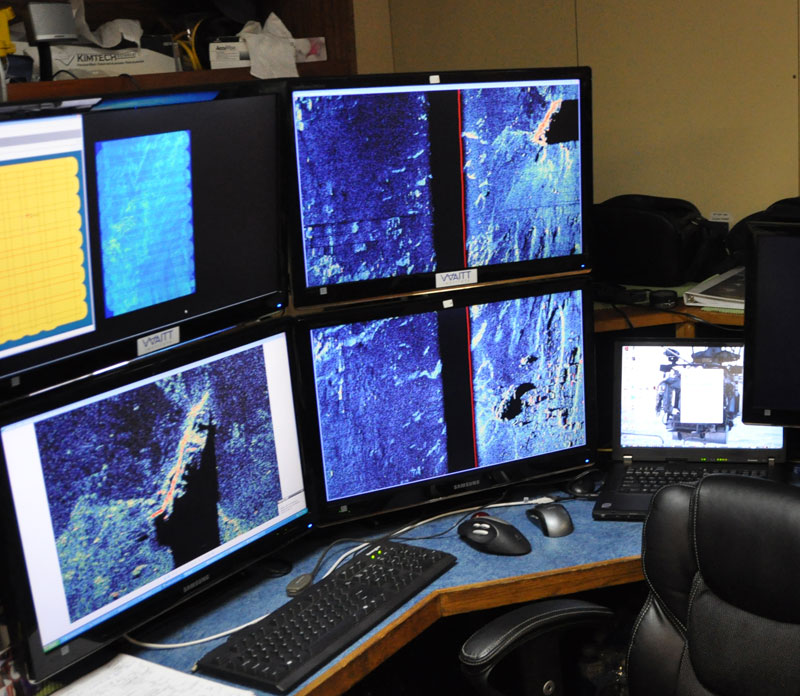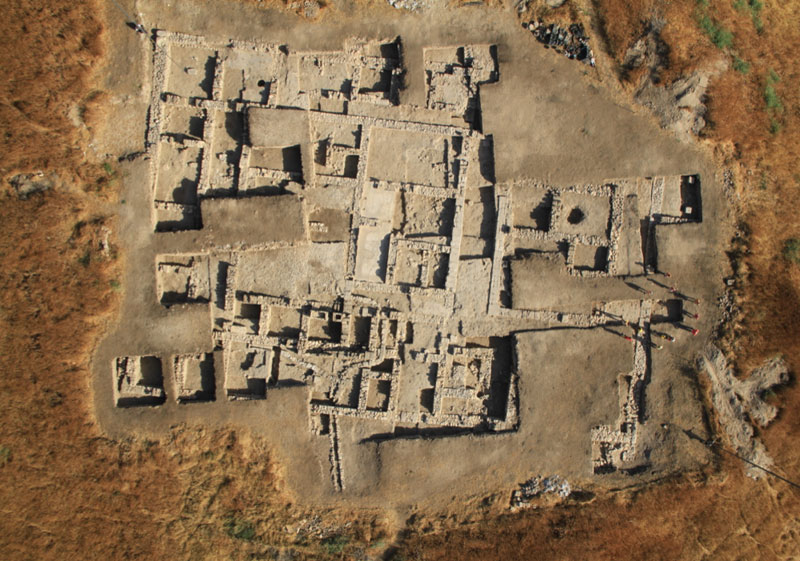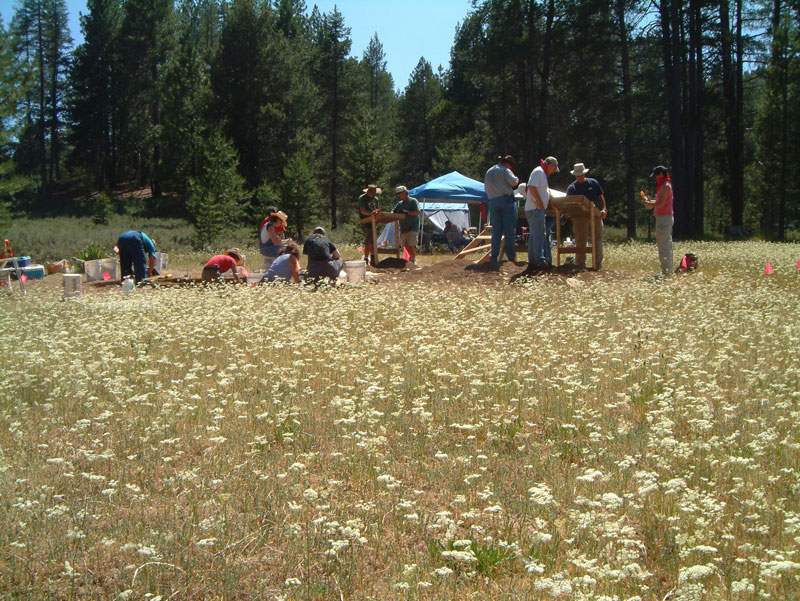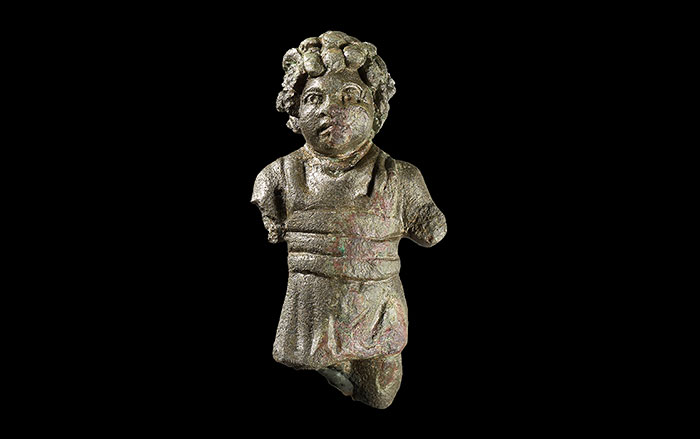
Scholars often arrive at different interpretations of the same evidence. But few archaeological artifacts in recent memory have produced interpretations as radically divergent as those advanced in connection with two first-century A.D. ossuaries (boxes containing skeletal remains) in Jerusalem. Their discovery was announced in February, and when filmmaker Simcha Jacobovici and James Tabor, professor of religious studies at the University of North Carolina at Charlotte, released their book The Jesus Discovery that same day, it ignited a heated debate in the fields of archaeology, theology, linguistics, and biblical scholarship.
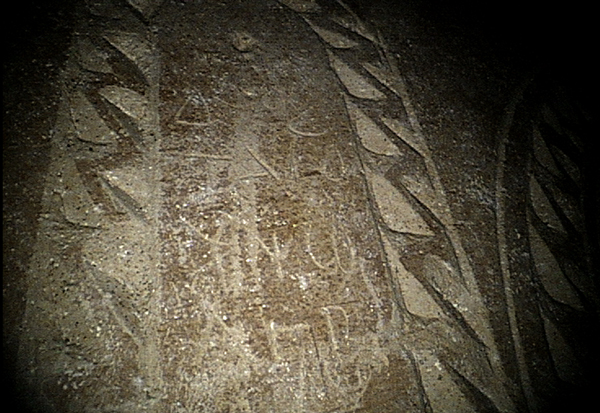
(Courtesy Associated Producers, Ltd.)
The ossuaries are unremarkable. More than 2,000 of similar date and appearance have been found in Israel. Although the tomb in which they and five others were found was originally explored in 1981, it was not until Jacobovici and Tabor returned in 2010 that the ossuaries could be photographed on all sides inside the tomb.
In 1981, Orthodox religious leaders had chased away archaeologists trying to excavate the tomb, saying that they were disturbing the dead. Jacobovici and Tabor negotiated with the leaders and the owners of the apartment that sits on top of the tomb, and received permission to bore a hole through the tomb's roof and "excavate" it with a robotic arm that held a camera. Jacobovici and Tabor had chosen the tomb because of its proximity to what Jacobovici had identified four years earlier as "The Jesus Family Tomb" 200 feet away ("Hype in the Holy Land," May/June 2007). He and Tabor wanted to know if there was a relationship between the two tombs that would lend credence to their theory that this section of Jerusalem, known as Talpiyot, contains a cemetery filled with the burials of Jesus, his family, and his followers.
When Jacobovici, Tabor, and project archaeologist Rami Arav of the University of Nebraska at Omaha looked closely at one of the ossuaries, they immediately interpreted the image on it as a fish spitting out a man—represented by a stick figure—and therefore concluded that it was a depiction of the story of Jonah and the whale. On a second ossuary in the tomb, they read a dual-language Greek and Hebrew inscription in several ways, including "O Divine Jehovah, raise up, raise up." Taking the image on one ossuary and the inscription on the other, they developed an interpretation of what the collection of ossuaries represents.
According to Jacobovici and Tabor, the "Jonah" ossuary bears the earliest Christian symbols ever discovered, the first Christian symbol found in Jerusalem, and the earliest representation in Jewish art of a Biblical tale. Furthermore, they believe that the other ossuary's inscription is the earliest record of a teaching or saying of Jesus—perhaps recorded by someone who heard him say it.
Immediately following the annoucement, scholars began presenting different interpretations, as well as harsh criticism of Jacobovici and Tabor's claims. The critics pointed out possible errors in the transcription and its translation. They also questioned the similarity of what Jacobovici and Tabor had identified as a fish to both depictions, and actual remains, of a funerary marker called a nephesh. Others referred to the image's strong resemblance to etched glass amphorae and ointment jars, both of which were commonly buried with the dead. A harsher reaction came from those who condemned not only Jacobovici and Tabor's interpretations, but also their motives. Chief among them was Eric Meyers, professor of religion at Duke University, who decried Jacobovici and Tabor's interpretation as "much ado about nothing and a sensationalist presentation of data that are familiar to anyone with knowledge of first-century Jerusalem." Meyers went on to say, "We may regard this book as yet another in a long list of presentations that misuse not only the Bible, but also archaeology." Interpretation in archaeology is about finding meaning in the past. And especially when archaeology and the worlds of religion and the Bible intersect, one thing is certain—the meanings scholars find in the artifacts will rarely, if ever, be the same.


